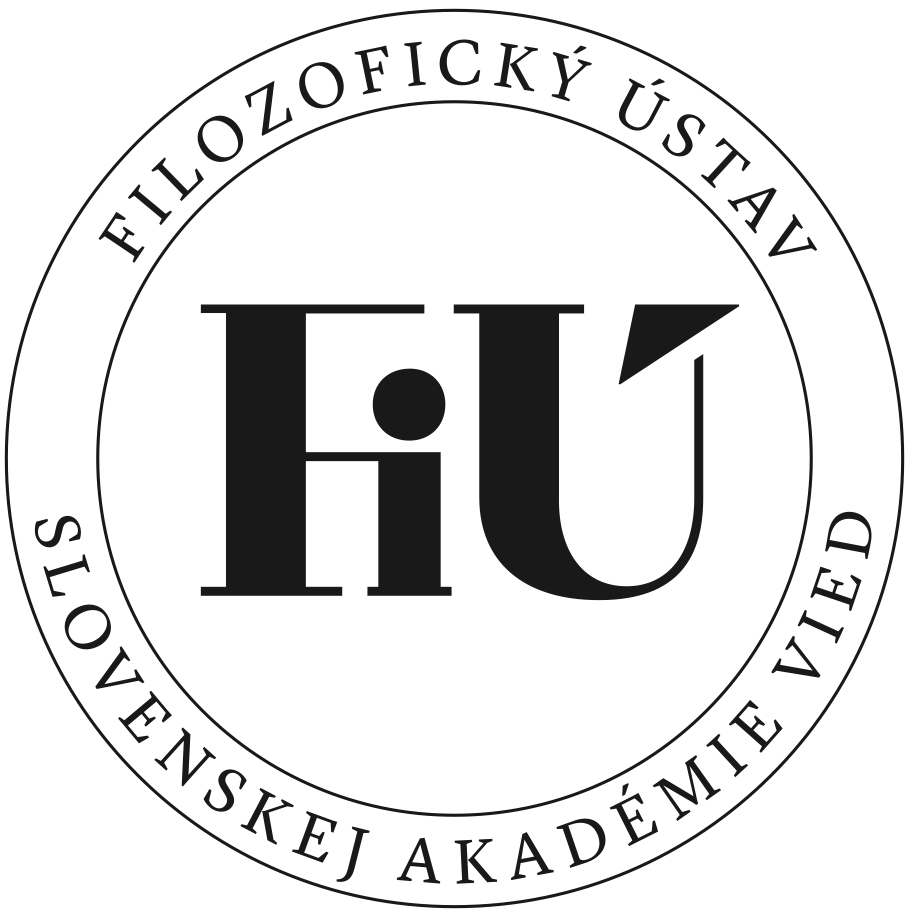Detail príspevku/publikácie
Poznámky k výstavbe pojmu kauzality
Typ článku: State a diskusie
Abstrakt
The first part of the paper presents a general characterization of the instrumental nature of scientific conceptions, their methodological significance, reciprocal determination and systematics. The methodological range of the conception is determined by the degree of generality of the given, qualitatively ascertained lawfulness which it represents, and by the historically attained degree of cognition of this lawfulness. In this sense the conception is incorporated into a certain system of conceptions.The identification of the system of conception presupposes the detection of the basical rule, principle, conception, by which the system is logically unified, i. e. the basical rule of its analysis. The rule of the analysis can be deduced from each member of the system and its limits can be ascertained. The second part of the work is a concretization considering the case of the classical conception of causality. Causality is in the first line determined as a certain relationship, by the conception of relationship. The certain relationship is defined by a certain difference. The difference is indicated as a negation of identity, and vice-versa. The conception of identity and difference is the basical rule of the logical formation of the conception of causality. However, the analysis of causality by the means of this rule of thinking leads either to the denial of the causal relationship as a justification of the process of the origin of phenomena, or to its reduction to a temporal relationship. Just the same, the problem of quality, inevitableness, etc. would lead to an analogical paradox in the causal relationship. The way to overcome the said paradoxes could consist among others in introducing a more general and more concrete basical rule of ideal elaboration of philosophical conceptions, and this should then offer also the possibility to overcome the entire previous system of philosophical conceptions.
Súbor na stiahnutie: PDF
